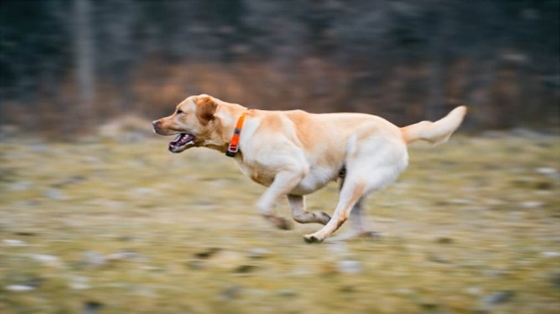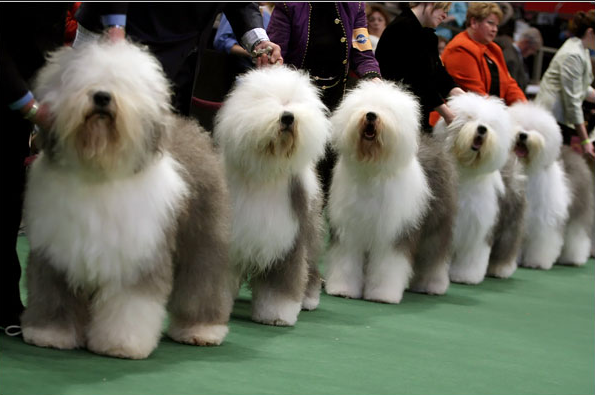Labrador Retrievers are known for their great personality, similar to Golden Retrievers. It’s important to understand their behavior before deciding to live with one. Below are some ways to assess a Labrador Retriever’s personality:

- Friendliness towards Humans:
- A Labrador should be friendly towards humans, showing enthusiasm when called or approached. A lack of response is not a good sign, while an immediate positive response may indicate an overly enthusiastic demeanor, which might lead to challenges when interacting with strangers during walks.
- Trainability:
- Testing the Labrador’s trainability involves dragging a toy or old sock on the ground. The dog should show interest and might even chase after it, displaying a positive response. A lack of interest suggests difficulties in training.
- Boldness Test:
- Place the dog on a hard surface and play with it. While engaged, create a sudden loud noise about 1.5 meters away, observing the reaction. A good response is when the dog checks the source of the noise or continues playing even after the disturbance. Excessive fear indicates sensitivity, making it unsuitable as a family pet.
- Fetch Test:
- Similar to the second point, roll a tennis ball past the dog when playing alone. If the dog retrieves the ball upon command, it indicates good potential for learning complex games like frisbee. Failure to respond makes teaching advanced games challenging.
- Barking Habits:
- Labrador Retrievers are generally quiet and rarely bark. They are friendly towards elderly individuals, children, and strangers, with a stable temperament preventing them from jumping on people. Trained Labradors also follow commands, assisting with tasks like passing small items.
6 Morphological Characteristics of Labrador Retrievers:
Labrador Retrievers are medium to large-sized dogs known for their energetic nature, gentle temperament, high intelligence, and lack of aggression. They have been successfully trained as guide dogs and other working dogs, alongside Huskies and Golden Retrievers. Labrador Retrievers come in three standard colors: black, yellow, and chocolate. Here are their morphological characteristics:
- Body Structure:
- The body should be slightly longer than tall, with a strong back and well-developed chest extending to the elbows. The physique is balanced, and a well-trained Labrador should exhibit developed muscles without being overweight.
- Head:
- The head is broad and clean-cut, with a clear parallel alignment between the skull and muzzle. The stop is moderate, and eyebrows slightly pronounced. The head should not be wedge-shaped or overly broad and thick.
- Nose:
- The nose is broad and well-developed, with black for black and yellow dogs, and brown for chocolate dogs. Fading of the nose color is not desirable, and a completely pink nose or lack of pigmentation is a disqualification.
- Teeth:
- Labrador Retrievers should have strong, neat, and evenly spaced teeth with a scissor or level bite. Overlapping or misaligned teeth are considered severe faults.
- Ears and Eyes:
- Ears are moderately large, hanging close to the head, and slightly set back. Eyes are medium-sized, expressing intelligence and friendliness. Yellow or black Labs should have brown eyes, and chocolate Labs should have brown or hazel eyes. The eye rims should be black or brown.
- Tail:
- The tail is a distinctive feature, starting thick at the base and gradually tapering. It is of medium length, extending to the hock, and covered with short, dense fur, forming a unique rounded appearance known as the “otter” tail. Docked or unnaturally altered tails are disqualifications.
These characteristics collectively contribute to the ideal appearance and structure of a Labrador Retriever.




